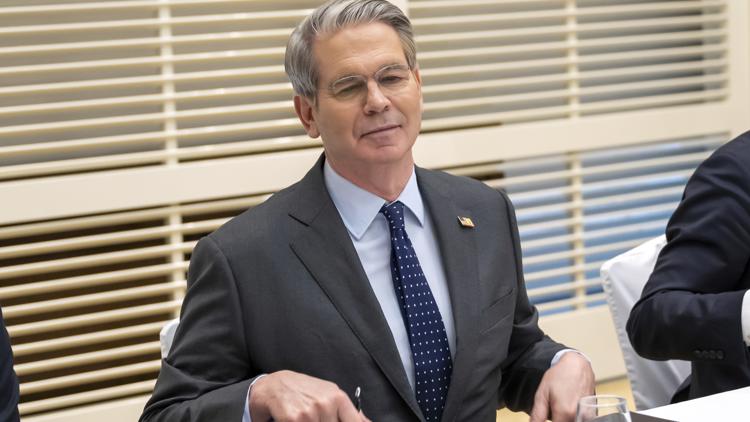As the United States and China enter a critical second day of tariff negotiations, hopes for a breakthrough remain slim despite President Trump’s claims of “great progress.” The ongoing trade tensions have seen both nations impose steep tariffs on each other’s imports, with significant economic implications at stake.
US and China begin 2nd day of tariff talks. No breakthroughs but Trump touts ‘great progress’

Key Takeaways:
- The U.S. and China have begun the second day of tariff negotiations.
- No significant breakthroughs have been achieved yet.
- President Trump claims “great progress” has been made.
- The U.S. increased tariffs on China to a combined 145% last month.
- China retaliated with a 125% levy on American imports.
Second Day of Negotiations Begins
Negotiations between the United States and China have entered a second day as both nations strive to resolve ongoing trade disputes. The talks continue in an atmosphere of cautious optimism but have yet to yield significant breakthroughs. Officials from both sides are tight-lipped about the specifics, fueling speculation about the potential outcomes.
President Trump’s Optimistic Outlook
Despite the lack of tangible progress, President Trump has touted “great progress” in the discussions. His optimistic remarks suggest a belief that the two economic powerhouses can bridge their differences. “We’re making great progress,” Trump stated, without providing further details. This contrasts with reports indicating that major sticking points remain unresolved.
Escalation of Tariffs
The backdrop to these negotiations is a series of escalating tariffs that have intensified trade tensions. Last month, the U.S. raised tariffs on Chinese goods to a combined 145%, a significant increase aimed at pressuring China on several trade issues. In swift retaliation, China imposed a 125% levy on American imports, affecting a wide range of U.S. products entering the Chinese market.
Economic Implications
These steep tariffs have had considerable impacts on both economies. Industries ranging from agriculture to technology have felt the strain of increased costs and disrupted supply chains. Economists warn that prolonged trade tensions could have long-term effects on global markets, emphasizing the importance of successful negotiations.
Looking Ahead
As talks proceed without clear breakthroughs, the international community watches closely. The outcome of these negotiations holds substantial weight for global trade dynamics. Both nations face pressure to find common ground to alleviate the economic burdens imposed by the ongoing tariff escalations.
The continued dialogue between the U.S. and China signifies a willingness to address the complex issues at hand. Whether this will translate into concrete agreements remains uncertain. For now, President Trump’s assurance of “great progress” leaves room for cautious hope amid a challenging diplomatic landscape.











